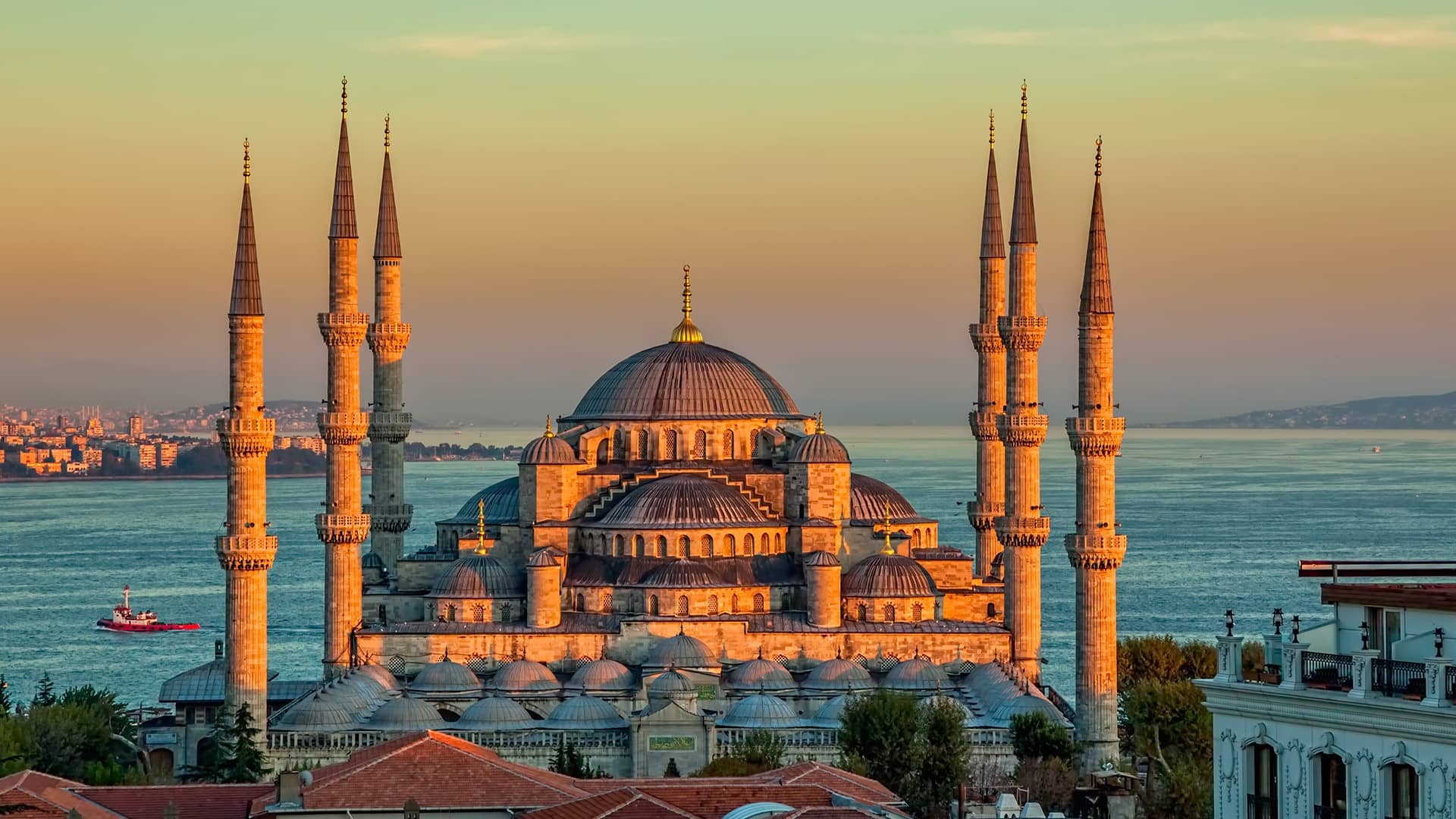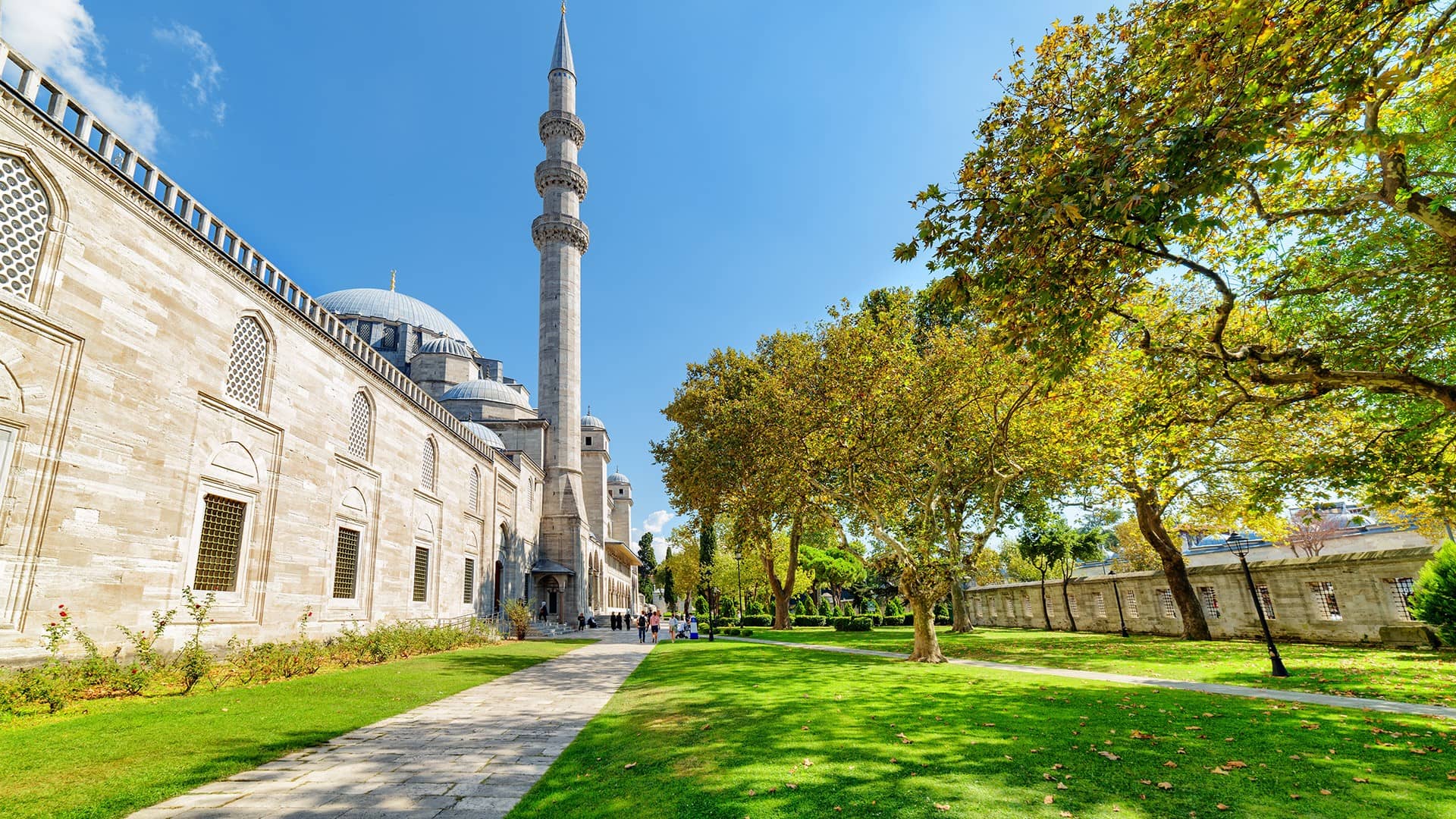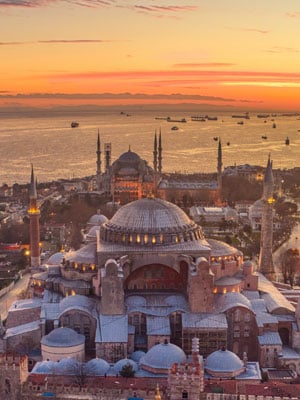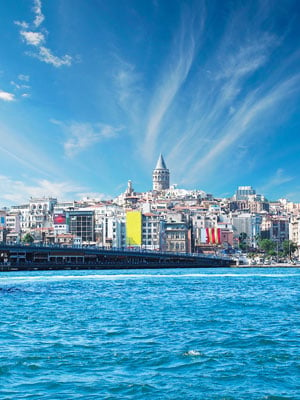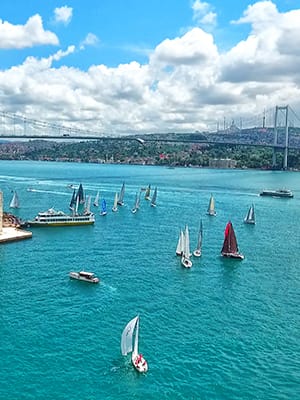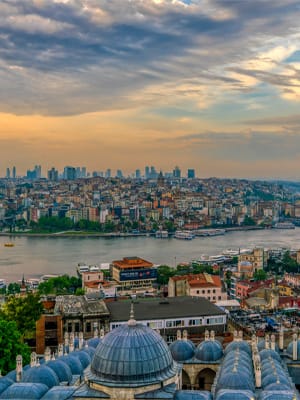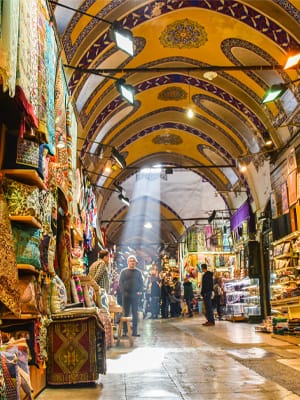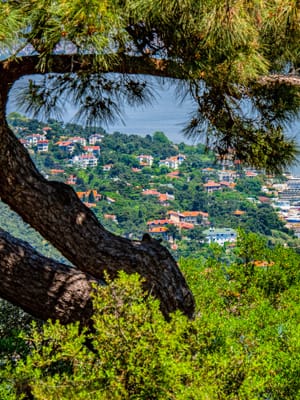

experiences
The Imperial Ottoman Heritage
The Sultan Ahmed Mosque, distinguished as a ‘blue awe of wonder’, with its six minarets and a series of elegant domes, its recognition is because of its unique rich blue ceiling tiles in the İznik tradition. The mosque was built at the behest of Ahmet I between 1609 and 1616 and designed by architect Sedefkâr Mehmet Ağa, one of Mimar Sinan’s most important pupils. Inside, the entrance, lit by a wrought-iron chandelier, leads to the central prayer room, which is a source of wonder with its intricate interiors decorated with thousands of tiles and natural light filtered through arched glass windows. In the shrine next to the mosque are the tombs of Ahmet I and his wife Kösem Sultan.
To properly appreciate the architecture of the Blue Mosque, you should approach it from the Hippodrome, i.e. from the west, so that you can really enjoy its magic.
A beautiful gem of worship, built in the mid-1500s by a relative of Süleyman the Magnificent, the Rüstem Pasha Mosque is a beautiful and peaceful landmark in the neighbourhood of Eminönü, located near the Hasırcılar Çarşısı (Strawmat Weavers’ Market).
The interior is decorated with incredibly intricate tiles with floral patterns and bold colours, although small, it has wonderful proportions, and the interior is covered with some of the most exquisite İznik faience, coloured tiles ever made.
The tiles, made at the height of İznik’s preeminence, feature much of the famous red colour that was the envy of other tile makers; blue, yellow, white, and green were easy to make, but red was exceptionally difficult.
The exterior features a stunning courtyard with sweeping views and ancient columns. Be sure to walk up the winding staircase, which adds to the mystique and grandeur of this Ottoman religious site.

